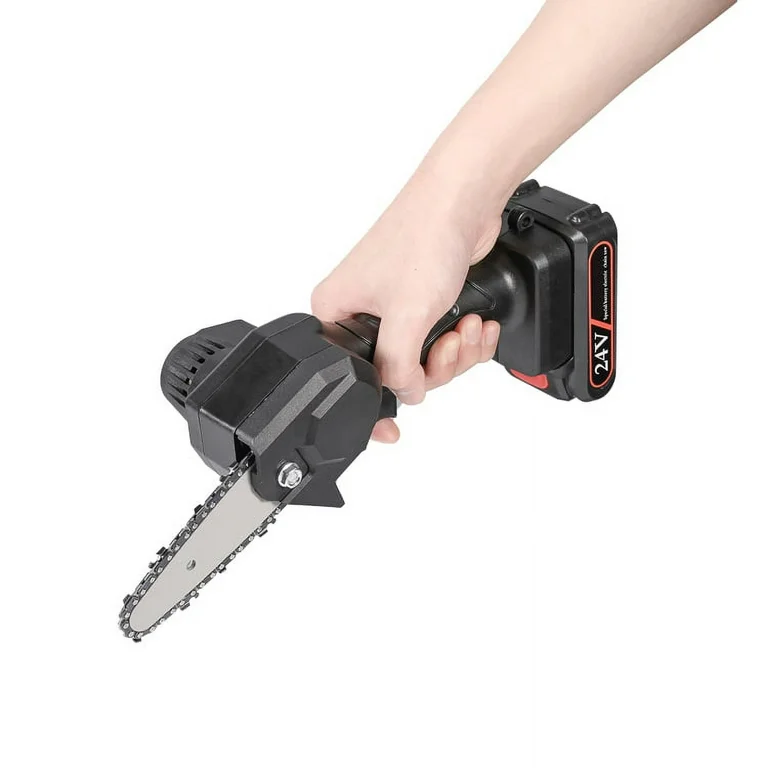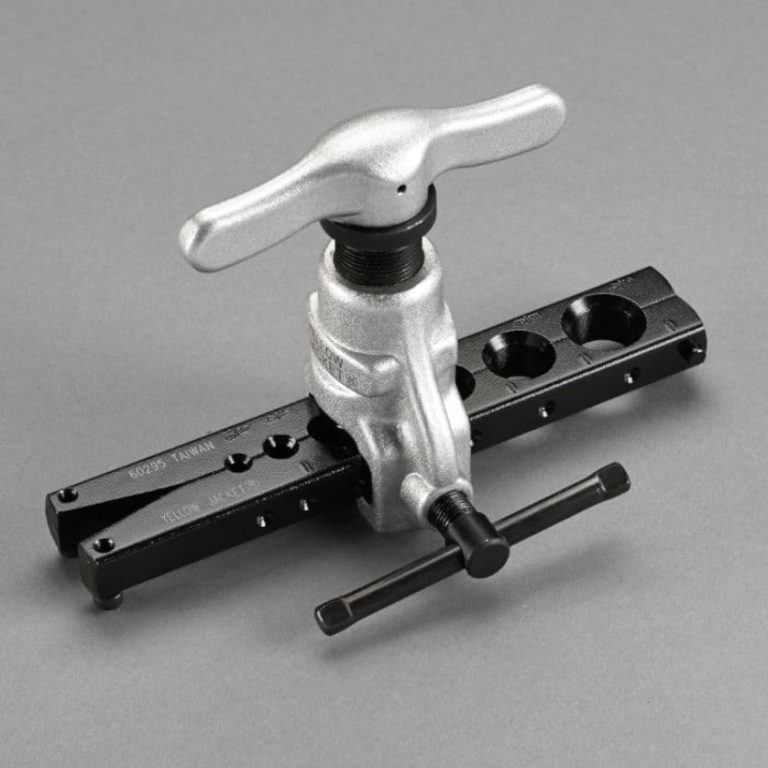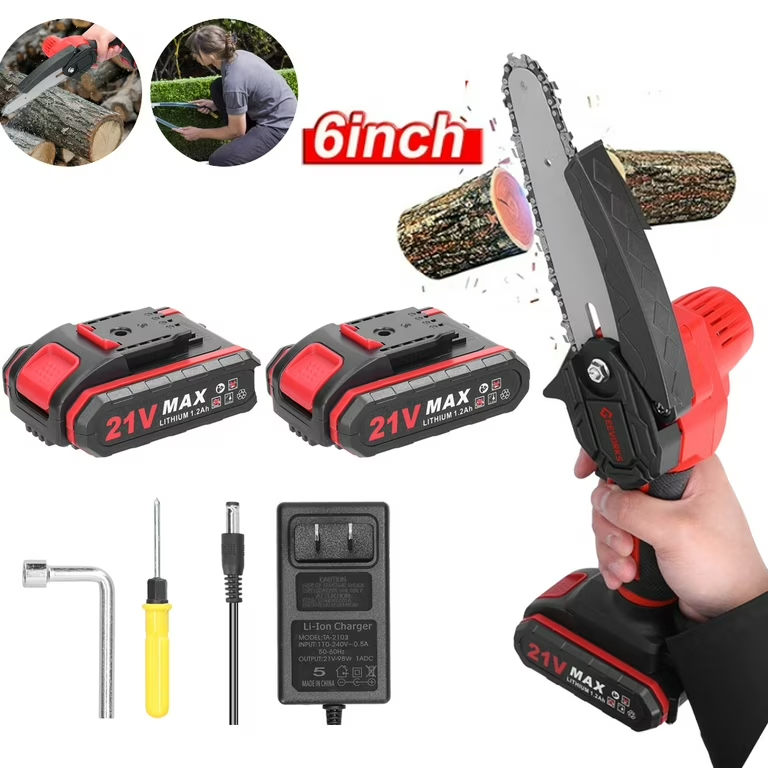
The Dawn of DIY: First Power Tool Invention
Early History of Power Tools
The journey of power tools dates back to the 19th century. This era marked significant strides in the development of these essential tools for building and manufacturing. When was the first power tool invented? For context, it’s crucial to recognize that the roots of power tools intertwine with the Industrial Revolution—a period known for extensive technological and mechanical innovations.
In our fast-paced world, power tools have become indispensable companions for both professional craftsmen and DIY enthusiasts alike. But have you ever stopped to wonder about the origins of these marvels of engineering? The story of power tools is not just a tale of innovation; it’s a narrative that reflects humanity’s relentless pursuit of efficiency and precision. The very first power tool was born in the early 19th century, when a bright inventor named Samuel Morse pioneered the electric drill in 1817. While it was a far cry from today’s lightweight and versatile devices, this groundbreaking invention laid the foundation for an entire industry.
As we delve into the rich history of power tools, we’ll explore how they have evolved from rudimentary machines into the high-tech instruments we rely on today. Each leap in technology tells us something about the era in which it was created, showcasing the intersection of creativity and practicality. Join us on this fascinating journey as we uncover the pivotal moments and key inventions that have shaped the world of power tools, and discover how these tools have transformed not only the way we work, but also our understanding of craftsmanship itself.
The Beginnings in the 19th Century
When was the first power tool invented? It was during this transformative century that the foundation for modern power tools was laid. Power tools, as we understand them today, started to emerge, offering solutions that enhanced efficiency in various crafts and construction processes. They began as simple, mechanized versions of hand tools, using available energy sources like steam or electricity. These early tools represented a major leap forward, setting the stage for more sophisticated developments.
Key Inventors and Innovations
Key figures and innovations played pivotal roles in the evolution of power tools. Creative minds were motivated by the demand for faster and more reliable methods of construction and manufacturing. One of the most noteworthy breakthroughs was the advent of the electric drill in the late 19th century, often considered the first true power tool. This invention not only revolutionized the way tasks were approached but also paved the way for countless subsequent inventions in the power tool realm. Identifying these key inventors and their contributions provides insight into the exponential growth of DIY and professional building platforms.
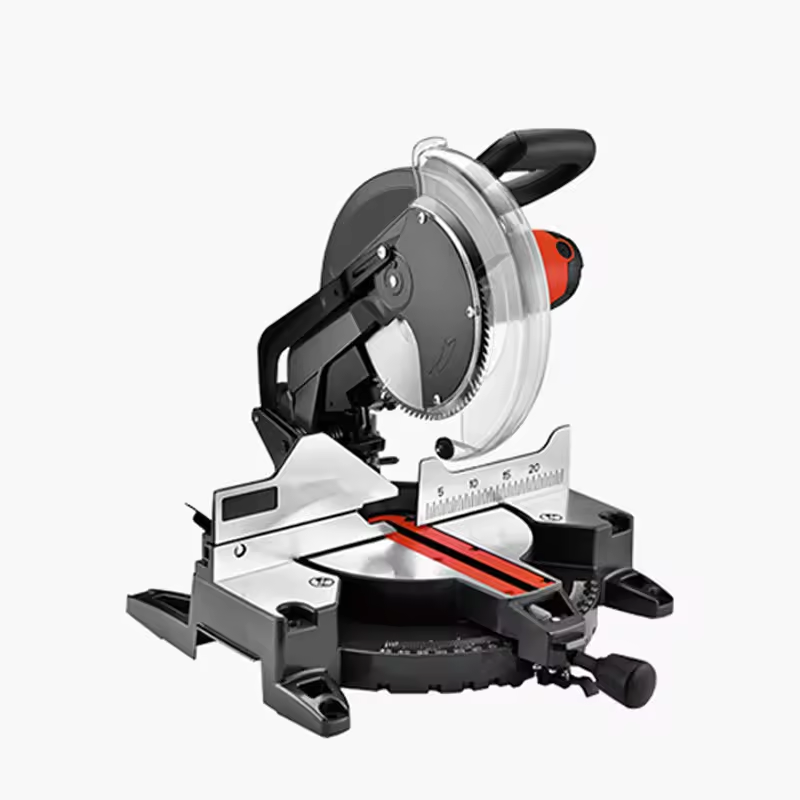
The First Power Tool: The Electric Drill
The electric drill holds a historic place as the first official power tool. When was the first power tool invented? Designed to meet the growing demand for efficiency in construction and manufacturing, this device drastically changed how tasks were approached, enhancing productivity.
Development and Design
The development of the electric drill was a significant feat in engineering. Initially conceptualized in the early 19th century, its final design was not completed until the late 1890s. It featured a motor that ran on electricity, a radically new concept at the time. The design was primarily aimed at providing a tool that was both powerful and easy to use, thereby increasing the effectiveness of various labor-intensive tasks.
Impact on the Industry
The impact of the electric drill on the industry was profound. It not only accelerated the pace at which work could be completed but also set the stage for the modernization of numerous construction and manufacturing processes. The introduction of the electric drill paved the way for the development of many other power tools, each further enhancing productivity and efficiency on a global scale.
Evolution of Power Tools Post-Invention
After the introduction of the electric drill, power tools evolved rapidly. When was the first power tool invented? The technology and materials improved significantly, fueling the development and expansion of these tools worldwide.
Advancements in Technology
The technological advancements in power tools have been transformative. From being solely electric, power tools now incorporate cordless technology, which uses batteries. This innovation has made power tools more portable and easier to use. Additionally, the integration of brushless motors has increased the efficiency and lifespan of these tools. Moreover, digital technology has led to the creation of smart power tools. These tools enhance user experience with features like precision settings and auto-configuration.
Expansion of Power Tool Applications
The applications of power tools have also expanded significantly. Initially used for basic construction tasks, power tools are now essential in various fields. They are pivotal in industries like automotive, woodworking, and metalworking. The flexibility and efficiency of power tools have also made them invaluable in home improvement and DIY projects. As a result, power tools have become indispensable tools in both professional and personal settings.
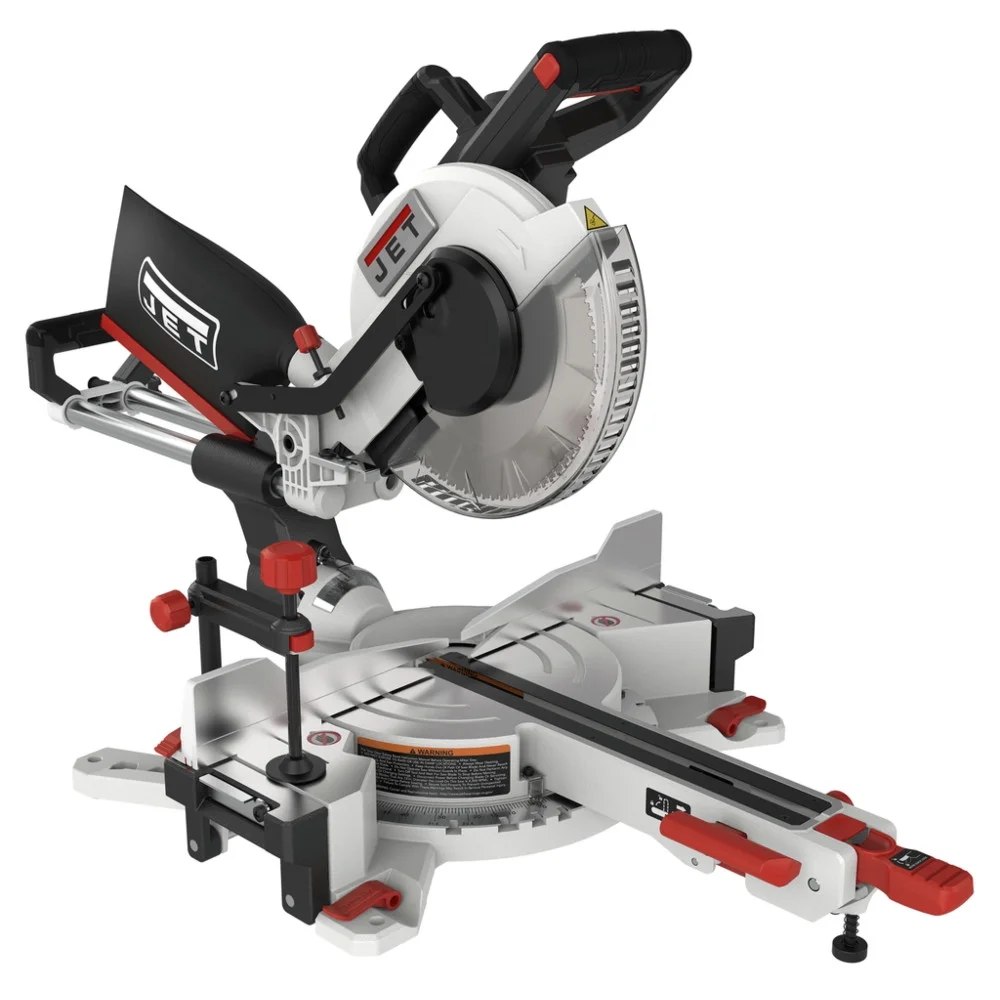
Major Manufacturers and Brands
Power tools have always been associated with strong brands that signify reliability and innovation. Explore the manufacturers who shaped the industry.
Early Pioneers in Power Tool Production
Early pioneers left a resounding impact on the power tool industry. Companies like Black & Decker, Bosch, and DeWalt emerged in the early 20th century and played a significant role. Black & Decker, for instance, introduced the portable electric drill in 1910, revolutionizing the market. The founding father of Bosch, Robert Bosch, made advances in automotive electric systems before entering the power tool segment, contributing with innovative engineering. DeWalt, established in 1924 by Raymond E. DeWalt, the inventor of the radial arm saw, focused on woodworking machines that later transitioned to a broader range of power tools.
These companies were instrumental in creating the prototypes for today’s modern equipment. They set benchmarks in durability, performance, and innovation that propelled the industry forward.
Modern Market Leaders
Today, the landscape abounds with numerous brands that dominate the market. Contemporary leaders like Milwaukee, Makita, and Ryobi stand out, known for their quality, performance, and advanced technology. Milwaukee is recognized for its heavy-duty power tools and focus on tradesmen needs. Makita has gained fame for its battery technology and extensive product line catering to professionals. Ryobi is popular among DIY enthusiasts for providing affordable, user-friendly tools that do not compromise on functionality.
These modern market leaders continue to push boundaries, incorporating cutting-edge technologies such as lithium-ion batteries, brushless motors, and connectivity features aiming at improving the user experience and performance. Their commitment to innovation ensures that the industry remains in a constant state of evolution, meeting both the current and future needs of consumers.
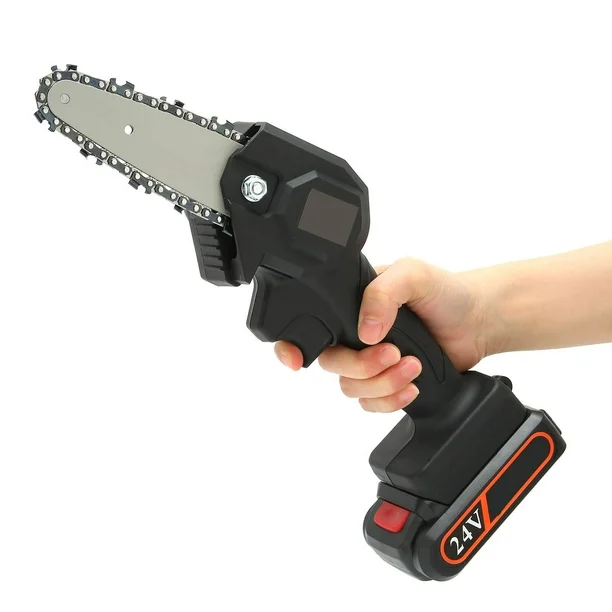
Safety Measures and Regulations
Over the years, safety has become a critical aspect of power tool usage, regulations, and design.
Initial Safety Standards
When power tools first entered the market, they lacked many of today’s standard safety features. Early safety measures were basic, often focusing on preventing overt mechanical failures rather than ensuring user security. Manufacturers implemented rudimentary safety guards and basic electrical insulation to mitigate some risks. However, the industry quickly recognized the need for comprehensive safety protocols to protect users from potential hazards like electric shocks, flying debris, and operational mishaps.
Modern Safety Innovations
Today, the safety of power tools has transformed significantly. Modern tools now feature advanced safety technologies, focusing on user protection and hazard prevention. Innovations such as automatic shut-off features, motion sensors, and dual-hand operation requirements ensure operations cease if unsafe conditions are detected. Moreover, ergonomic designs reduce user fatigue and prevent long-term injuries. The implementation of brushless motors also decreases overheating risks, making tools safer and more reliable. These advancements reflect the industry’s ongoing commitment to safety, shaped by regulations, user feedback, and technological progress.
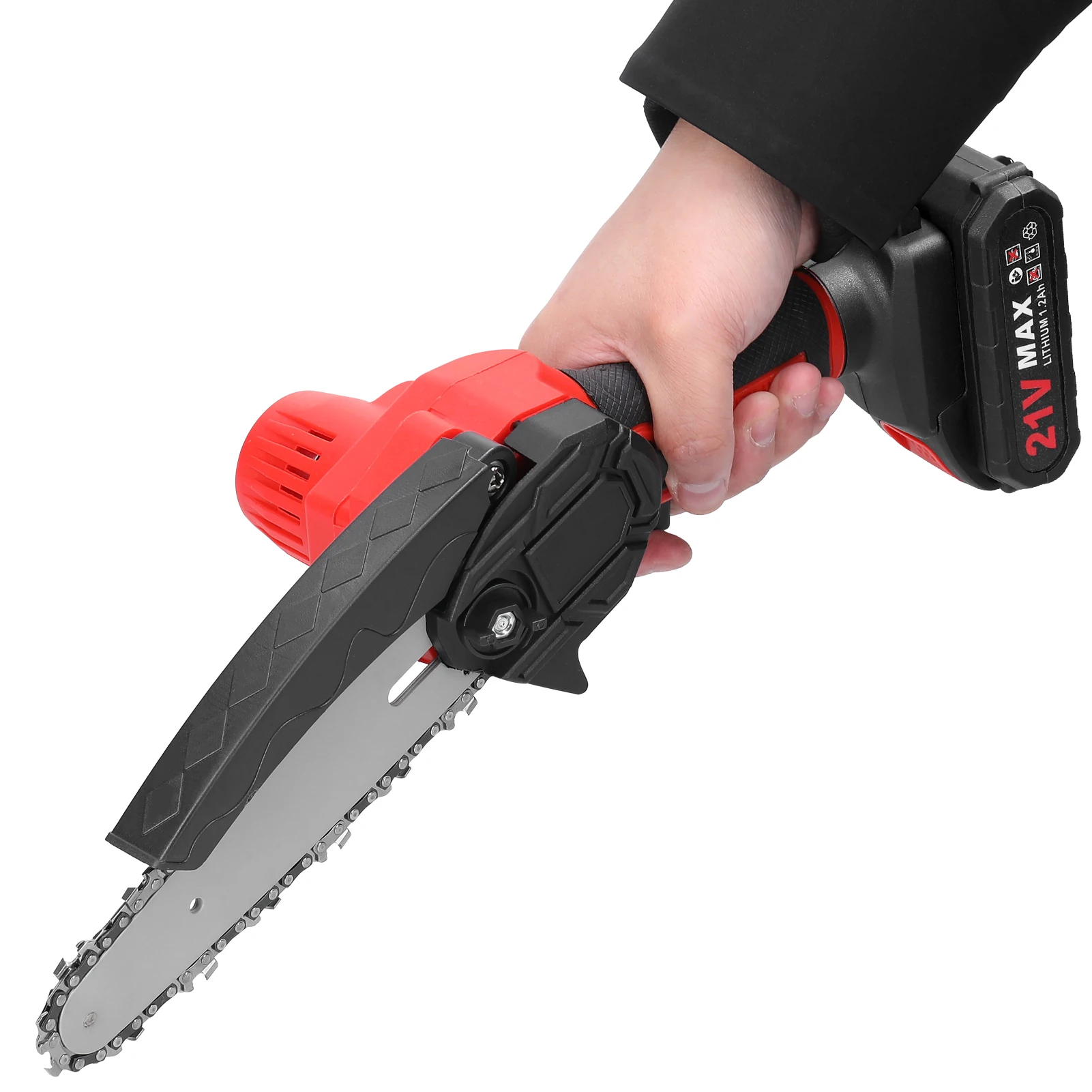
The Future of Power Tools
The history of power tools has been revolutionary, evolving from simple mechanized designs to high-tech solutions that cater to a vast array of industries. When was the first power tool invented? These advancements prompt the question: What does the future hold for power tools? As we look towards the horizon of innovation, several emerging technologies and trends stand poised to redefine the way we use these essential devices.
Emerging Technologies
The future of power tools is tightly intertwined with technological progress. Innovations like brushless motor technology have already reshaped power tool performance and longevity. Looking forward, we anticipate further advancements:
- Battery technology is on the brink of new breakthroughs, with focus on longer life and faster charging.
- Smart connectivity is set to integrate power tools with the Internet of Things (IoT), enabling tools to be controlled and monitored remotely.
- Automation and AI could turn basic power tools into intelligent assistants, capable of precision work without constant human oversight.
These emerging technologies promise not only to enhance the user experience but also to usher in a new era of efficiency and precision in various professions and DIY projects.
Trends and Predictions in Power Tool Development
Looking at the trends, we can predict where power tool development may head:
- There will be a growing emphasis on ergonomics and user-friendly designs, reducing strain and injury.
- Environmental sustainability will drive the adoption of greener power tools with reduced emissions and recyclable materials.
- Portable and cordless tools will likely continue to gain popularity, given the convenience they provide.
As we have witnessed over the years, the industry has adapted to meet the changing demands of consumers and professionals alike. With the constant drive for innovation, the future of power tools is sure to be as dynamic and exciting as its past. Staying abreast of these trends will be crucial for manufacturers and users aiming to leverage the full potential of power tools in the burgeoning era of DIY and professional craftsmanship.
